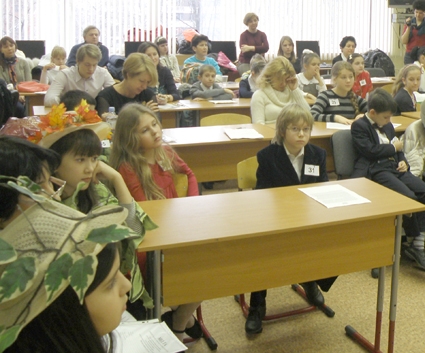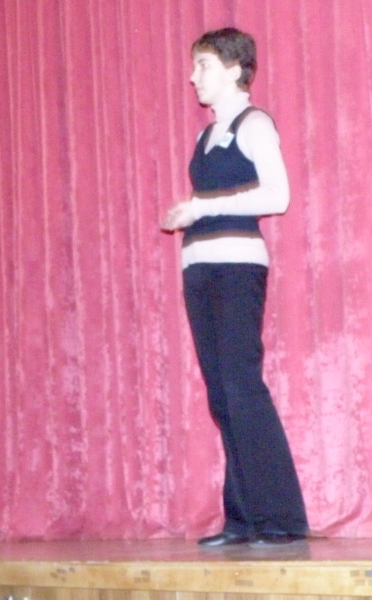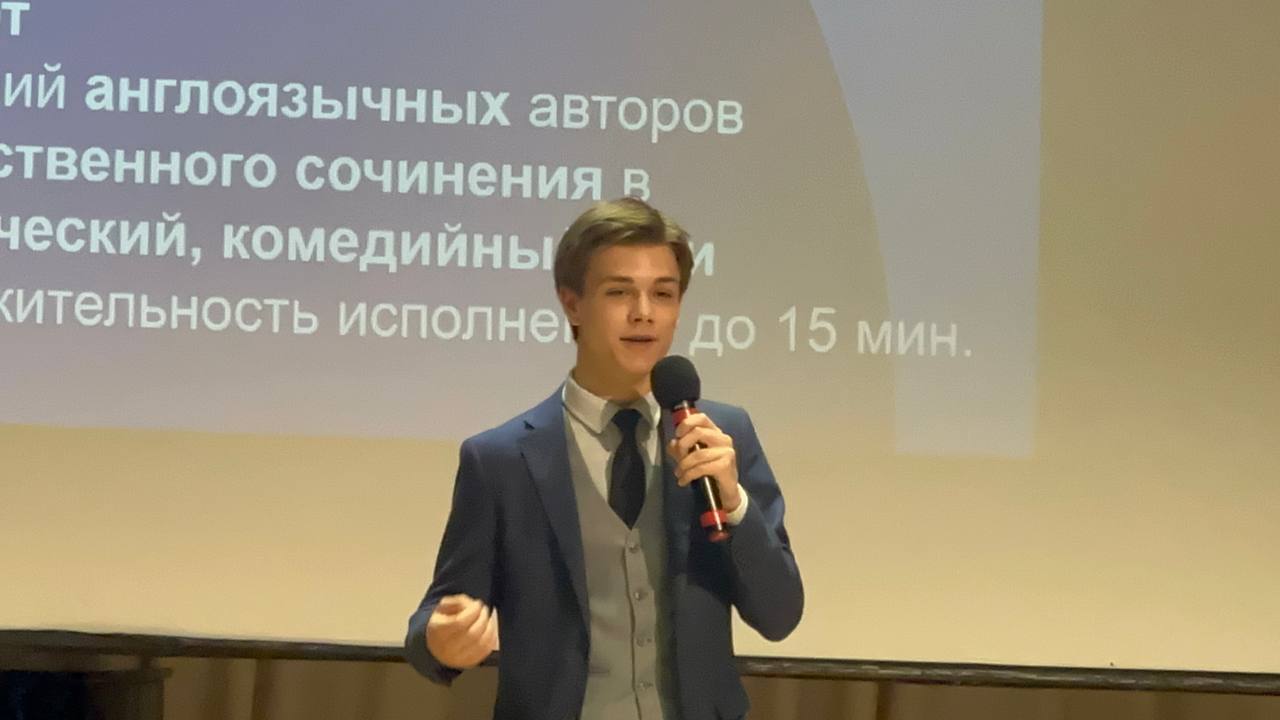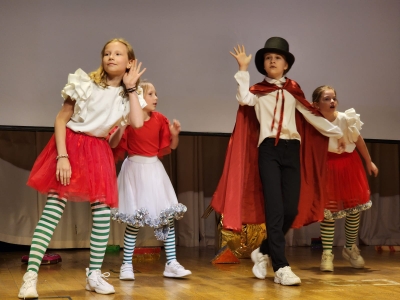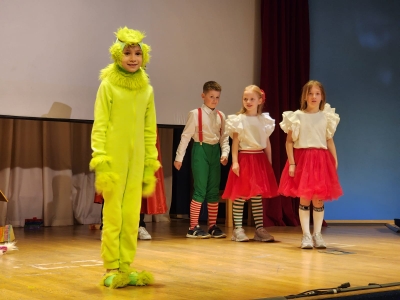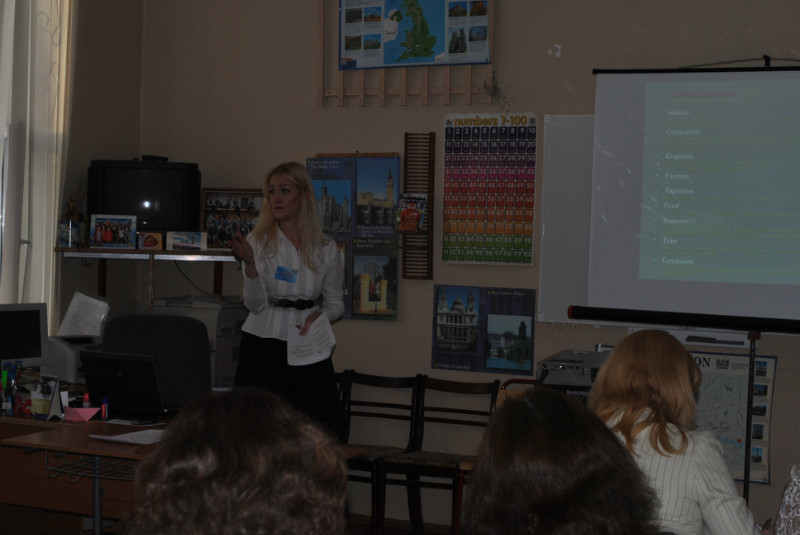Дек
24
 Dear Colleagues, here's a letter from our dearest MELTA Friend Elena Lubnina. Many of you know her ardent desire and unfatiguable work to help EL teaching all over Russia. She wrote it for Thanksgiving, but there's no doubt that any present with love and care can be offered for Christmas time as well.
Dear Colleagues, here's a letter from our dearest MELTA Friend Elena Lubnina. Many of you know her ardent desire and unfatiguable work to help EL teaching all over Russia. She wrote it for Thanksgiving, but there's no doubt that any present with love and care can be offered for Christmas time as well.
Thank you, Lena
Happy reading!
«During this trying summer I thought I wouldn't get back to writing Umbrella newsletters. However, the Umbrella Gathering, „Excellence through Collaboration“ in Kolomna (https://yadi.sk/i/gFJc8AiDbnY7x ) gave me a lot of new and positive energy. Thanks to the electric atmosphere created by 60 outstanding representatives from 34 Teachers’ Associations from throughout Russia, my batteries were recharged with enough power to light an entire city. With this new vigor I felt an urge to put together this latest newsletter. Now on the eve of Thanksgiving, I would like to sincerely thank all of you for your hard work, unflagging support and glowing enthusiasm.
This newsletter will be for those who like to teach young learners (TEYL) and for those who find teaching children and grandchildren the most challenging job. If you are not in this category, just share the newsletter with those who are. As Peter Stepichev (MELTA rep) said at Umbrella meeting “When we share, we multiply!»
Ages ago (in the previous century) I was keen on teaching young learners. In fact, very young learners (ages 4 — 10)! I even developed my own system, approaches and materials. Recently, I see what great textbooks have now appeared (Check on M.V. Verbitskaya’s “Forward”!), and the new techniques that have been developed. One thing that has remained unchanged is the need to captivate children as early as possible!
Following the accepted pattern of Umbrella newsletters, I will use a central theme as the structural backbone and will share materials which have attracted my attention lately. A lot of TEYL teachers already use Eric Carle's classic, "The Very Hungry Caterpillar.” People in many countries have been "charmed ...with its simple memorable story, striking illustrations and the gimmicky holes on each of its “pages.” Speaking metaphorically, I see you as insatiable caterpillars with an unquenched thirst for knowledge that turns you in beautiful butterflies.
1. In the light of the Moon a little egg lay on a leaf. On Sunday morning, the warm sun came up and POP! – out of the egg came a tiny and very hungry caterpillar. He started to look for some food. On Monday he ate through one apple, but he was still hungry
Thanks to the Flying Banana Theatre, https://www.facebook.com/flyingbananastheatremoscow
(and my grandchildren!) I discovered great stories that can be used in TEYL. You can watch them on YouTube, listen to them, draw pictures and stage them. I can’t say what I like more – the “swishy-swashying and splash-sploshing” “We are going on a bear hunt”https://www.youtube.com/watch?v=0gyI6ykDwds or “Room on the Broom” https://www.youtube.com/watch?v=cWB0goTWZic or Gruffalo
https://www.youtube.com/watch?v=hSmBRCYBS-M
You can find free printable templates and lots of interactive surprises practically for any story on the Internet.
2. On Tuesday, he ate through two pears, but he was still hungry.
Erik Carl has definitely become my favorite author and you can find books for kids with very limited language level (age 4-5 and A1) and for schoolchildren (age 7-9, A2)
— “Brown Bear, Brown Bear, What do you See?” to teach colors, animals and a simple question “What do you see?”https://www.youtube.com/watch?v=ek7j3huAApc
— “The Grouchy Ladybug” to teach animals and time
— “Where are you going?” To see my friend!” – Possessive pronouns and modal verbs “may” + a polite way of asking for permission ‘May I come with you?' 'Yes, come along./ Our friend is your friend' "
— “Today is Monday” – food and days of the week and many many more!
3. On Wednesday, he ate through three plums, but he was still hungry.
The “Splat the Cat” series by Rob Scotton has become one more eye opener for me. There are funny stories about the cat (“Splish Splat Splash”, “A Whale of a Tale”,”Love, Splat!” and many others. https://www.youtube.com/results?search_query=Rob+Scotton
These books will be more appropriate for the kids in the 2-5th Grades.
4. On Thursday he ate through four strawberries, but he was still hungry.
“Peter the cat” series can beat “Splat the Cat” series in some ways but they can go along together very well. “Pete the Cat and his Groovy Buttons”
https://www.youtube.com/watch?v=aovvsCnovYY as well as “Pete the Cat: I love my White Shoes”https://www.youtube.com/watch?v=Q9GRHNE1vI4 will be a great help with the simple past tense. Just check out more than 25 funny books!
5. On Friday he ate through five oranges, but he was still hungry.
One of my favorite websites is http://learnenglishkids.britishcouncil.org/en/fun-with-english
It has lots of free online games, songs, stories and activities for children to have fun and learn English too.
6. Saturday he ate through one piece of chocolate cake, one ice-cream cone, one pickle, one slice of Swiss cheese, one slice of salami, one lollipop, one piece of cherry pie, on sausage, one cupcake, and one slice of watermelon. That night he had a stomachache!
I discovered the whole world of “Curious George” for myself this year. My granddaughter attended an American summer school for 5 weeks and this book was a hit. (If you are interested in my observations, write to lubninaen [at] state [dot] gov and I will share my impressions with you).
Based on the first books Curious George (1941) ,Curious George Takes a Job (1947), Curious George Rides a Bike (1952), Curious George Gets a Medal (1957), Curious George Flies a Kite (1958), Curious George Learns the Alphabet (1963), Curious George Goes to the Hospital (1966), hundreds of videos, games (http://pbskids.org/curiousgeorge/busyday), teaching materials, Apps have been created.
Here is the official website http://www.curiousgeorge.com with ideas for parents, teachers, TV shows, YouTube, pintables.
These materials will be useful for those who would like to practice an integrated approach.
And here are non- stop 2 hours of Full Episodes in English Games (2014) https://www.youtube.com/watch?v=_AYqp0AkB50
Want to play? “Awesome! Well done! Perfect! This looks great.” These phrases will sound in your ears and will come out easily in your class. “You’re almost done!”
7. The next day was Sunday again. The caterpillar ate through one nice green leaf. And after that he felt much better. He built a small house around himself, called a Cocoon, and stayed inside for more than two weeks.
Finding apps for iPad can be difficult and challenging. There are hundreds of them! Here are just a few from my collection:
Educational ELT Apps on iPad:
1. Animals Count
Age group: 1-12
Level: elementary
Focus on: counting, names of animals, grammar (how many xxx do you see?)
Intonation
Cost: free
3. If Poems
Age group: 10-x, it has categories 0-6, 7-12, 13- +but this is for native speakers.
Level: intermediate
Focus on: listening to poems, recording poems, sending recorded poems,
Cost: free
4. Talking Tom
Age group: 2-10
Level: elementary
Focus on: the cat «repeats» all the child says — a very good way to let kids hear how they pronounce words (especially for kids who have problems with pronunciation). It is possible to send greetings by e- mail
Cost: free
5. Toy Story
Age group: 7+
Level: intermediate
Focus on: the famous movie is presented as a book, tools — coloring pages, songs, reading aloud with highlighted words
Cost: free
6. StoryBots (continuation of JibJab project)
Age group: for native children 0-6, appropriate for EFL 6-12
Level: elementary
Focus: famous classical songs (row, row, row the boat; Old McDonald, etc.) + books + alphabet songs + personalized songs (with kid's photos Starring You Story Books) to be e- mailed
Cost: 5 USD per month
7. Pili Pop Labs https://appsto.re/ru/_Os00.i
Level: elementary
8. Then he nibbled a hole in the cocoon, pushed his way out and he was a beautiful butterfly.
Everyone knows that kids love to play and we think that it is OK for elementary school children, but the theory of gamification that has gained popularity lately shows that maybe we shouldn’t discard gaming too early. Play with kids, keep playing with them meaningfully in early childhood and much later – here is what Jerry Frank, our ELO has shared with us:
“This little illustration demonstrates that while games can be a fun and important part of learning, they should always be bound with overall goals and objectives that we are trying to implement. In other words, games should not be a way to pass time or a means onto themselves, but a part of a plan meant to reinforce what we are trying to “teach.”
Elena N.Lubnina
ELO Specialist
PA. American Embassy in Moscow
Tel:(495) 728-50-78, ext 4562
e-mail: lubninaen [at] state [dot] gov
http://moscow.usembassy.gov/elo.html

